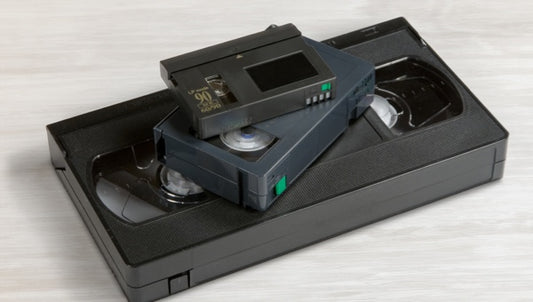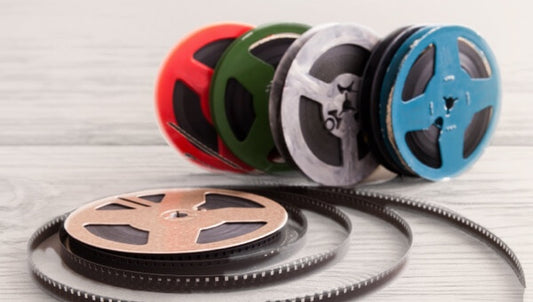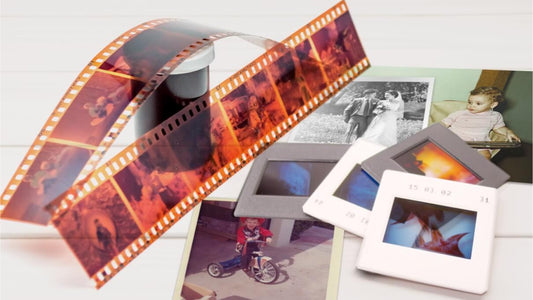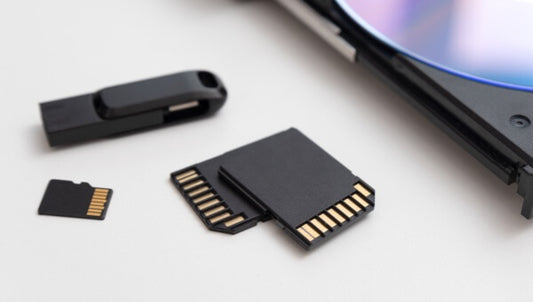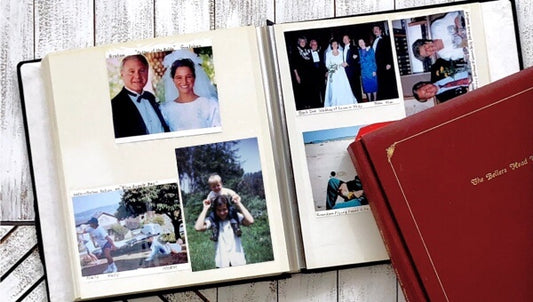There was a time when CDs were everywhere- stacked in living rooms, tucked into car visors, and traded among friends. Whether it was playing a favorite album, installing a new computer program, or burning a custom mix, CDs became an essential part of daily life. Their sleek, reflective surface and crisp digital sound made them feel like the future of media. But like all technology, CDs had their rise, peak, and eventual decline. From their invention to their lasting influence on digital storage, the story of CDs is one of innovation, convenience, and nostalgia. While streaming and digital downloads have largely replaced them, CDs continue to hold value for collectors, audiophiles, and those who appreciate the charm of physical media. Let’s take a look at the story of CDs and how they changed the way we listened to music, stored data, and shaped the evolution of digital formats.
Jump to:
What Are CDs?
A CD is a digital optical disc used for storing and playing audio, video, and data. It consists of a plastic substrate with a reflective metal layer, where information is encoded in microscopic pits. A laser reads these pits, converting them into digital signals for playback or data retrieval. CDs can hold up to 700 MB of data or 80 minutes of audio and were widely used for music, software, and file storage before the rise of streaming and cloud technology.

What Does CD Stand For?
CD stands for Compact Disc, a digital optical disc format designed for high-quality audio and data storage.
When Were CDs Invented?
During the 1970s, researchers began experimenting with digital storage methods to improve audio quality and durability. Philips and Sony collaborated to refine these ideas, developing the Compact Disc as a reliable and high-quality format for music and data storage.
The project was led by Kees Schouhamer Immink from Philips and Toshitada Doi from Sony, whose work helped shape the CD into the format we know today. CDs were officially introduced in 1982.
The first CD ever manufactured was The Visitors by ABBA, while 52nd Street by Billy Joel became the first commercially released CD. This new technology quickly gained popularity, becoming the standard for music and data storage.
The Manufacturing Process of CDs
CDs are made through a multi-step manufacturing process:
- Mastering: The data or music is burned onto a glass master disc using a laser.
- Replication: A metal stamper is created and used to press thousands of copies onto polycarbonate plastic discs.
- Coating: A thin layer of aluminum is applied to make the disc reflective.
- Sealing: A protective lacquer layer is added to prevent scratches and deterioration.
- Printing: The final step involves adding labels or artwork to the top of the disc.
Types of CDs
CDs were developed for different purposes, leading to several variations designed for specific uses. The most common types include:
- Audio CDs: Designed for music playback, these discs follow the Red Book standard and can hold up to 80 minutes of high-quality audio. They are compatible with CD players, car stereos, and computers.
- CD-ROMs (Compact Disc Read-Only Memory): Used for data storage, including software, video games, and reference materials. Unlike audio CDs, they are read-only, meaning data cannot be modified or erased.
- CD-Rs (Compact Disc Recordable): Allow users to record data once, making them useful for creating personal music compilations, backups, and file storage. Once data is written, it cannot be erased or rewritten.
- CD-RWs (Compact Disc Rewritable): Can be written, erased, and rewritten multiple times, providing flexibility for temporary storage and frequent updates. However, they are not as widely compatible with older CD players as CD-Rs.

When Did CDs Become Popular?
The story of CDs is incomplete without discussing their meteoric rise in the 1980s and 1990s. During this period, CDs became the preferred medium for music, replacing vinyl records and cassette tapes. Their superior sound quality, durability, and ease of use revolutionized music consumption. The music industry quickly adopted CDs, recognizing their potential to deliver crisp audio and long-lasting performance.
Portable CD players, like the Sony Discman, played a major role in their growing popularity. These devices allowed people to enjoy their favorite albums on the go, further cementing CDs as a household staple. This surge in popularity wasn’t limited to music enthusiasts; consumers appreciated the practicality and reliability of Compact Discs. As a result, CDs dominated the market for nearly two decades, leaving an indelible mark.
Notable Milestones in CD History
Here are some of the biggest milestones in CD history:
- The First Million-Selling CD: Brothers in Arms by Dire Straits (1985) became the first album to sell over one million copies on CD, proving the format’s commercial viability.
- The Peak Year of CD Sales: In 2000, CD sales reached their highest point, with over 2.4 billion CDs sold worldwide.
- The Transition from CD Walkmans to MP3 Players: The early 2000s saw the decline of portable CD players like the Sony Discman as MP3 players, particularly the Apple iPod (launched in 2001), became the preferred way to listen to music on the go.
What CDs Did for the Industry
CDs played a role in the transition from analog to digital media, changing how people stored and accessed content. As one of the first widely adopted digital storage formats, they influenced the development of more advanced technologies like DVDs and Blu-rays.
When comparing CD vs DVD, the biggest difference is storage capacity. DVDs expanded on CD technology, offering higher storage capacity and making it possible to store full-length movies with improved video quality. Later, Blu-rays took this further, enabling high-definition media and more advanced digital formats.
Beyond music and movies, CDs also shaped the future of digital storage and distribution. Their influence can be seen in the development of USB drives, external hard drives, and even cloud storage. By proving that digital formats could be both practical and reliable, CDs helped shape the way media is stored and accessed today.
Are CDs Still Used Today?
Some of the best CDs of all time remain highly sought after by collectors and music enthusiasts. Albums that defined entire genres or featured groundbreaking production continue to hold value, both for their musical impact and their appeal as physical collectibles.
Streaming services and digital downloads have made CDs less common in everyday life, but they haven’t disappeared entirely. Many collectors and audiophiles still prefer CDs for their higher sound quality compared to compressed digital formats. The tangible experience of owning a physical album also remains appealing to some music enthusiasts.

Beyond music, CDs are still used for archiving and data storage. Their durability and reliability make them a practical choice for backing up important files. While their role has changed, they continue to serve both practical and sentimental purposes.
For those wondering "Are CDs still used today?", the answer depends on the purpose. While they are no longer the primary format for music and media, they remain in use for specific needs. Additionally, conversations about the environmental impact of physical media have raised questions about sustainability and future production practices. If you want to keep your personal CD collection accessible, you can always convert CDs to digital formats for easier storage and playback.
The Story of CDs Still Matters Today!
The story of CDs showcases their transformative impact on music, technology, and media storage. From their invention to their lasting influence on digital formats, CDs bridged the analog and digital worlds. While their mainstream use has declined, their legacy endures through collectors, audiophiles, and those preserving personal memories. If you have old CDs filled with cherished moments, Capture can help transfer them to digital, ensuring they stay safe and accessible for years to come.





